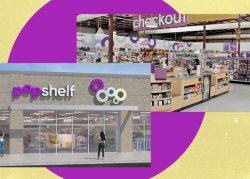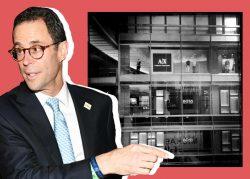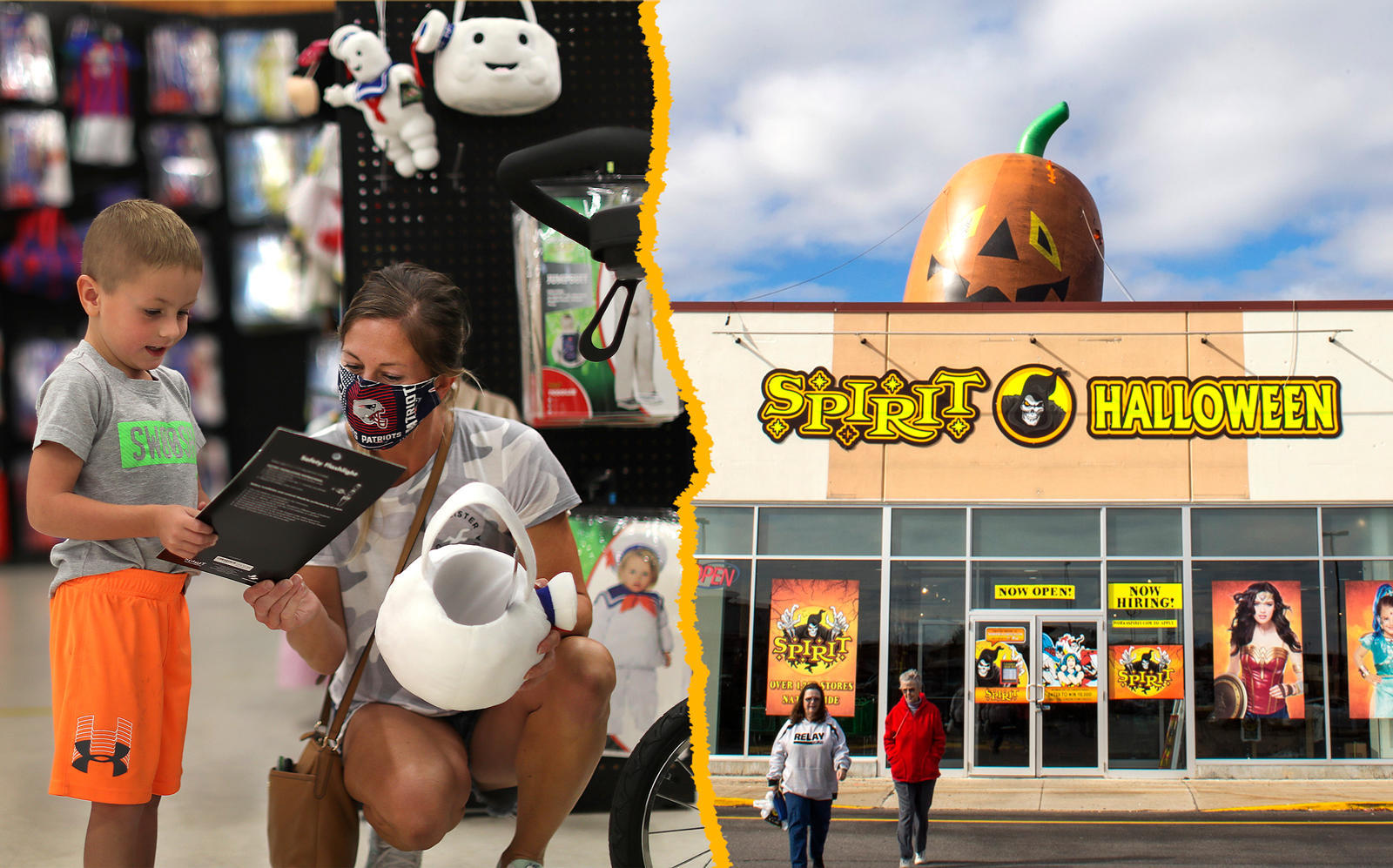Autumn is a time for falling leaves, pumpkin pie and Spirit Halloween reappearing to take up unoccupied space in strip malls and commercial corridors.
This year, even as trick-or-treating becomes an unknown, there are more Spirit Halloween locations to go around.
The company has opened more than 1,400 storefronts nationwide, an increase from last year, according to the New York Times.
Read more



The reemergence comes even as competitors close up shop. Party City, for example, has reduced the number of Halloween City pop-up stores it is opening this fall by 91 percent.
The reason for Spirit Halloween’s optimism is its business model of signing temporary leases to fill vacant space, of which there is plenty at the moment, and its concentration of sales in September and October, meaning it was not hurt by Covid shutdowns in the spring. The store “is out of step with most normal retail concepts,” Andy Mantis, a retail analyst for the firm 1010Data, told the Times.
While in 2019, typical party stores generated 29 percent of their annual sales between Labor Day and Halloween, for Spirit Halloween, 90 percent of revenue was generated then.
Lower real estate costs also mean more potential to open stores, according to Mantis.
Still, the lack of Halloween festivities is expected to result in an $8 billion drop in spending this year — a reduction of approximately 8 percent from last year, according to the National Retail Federation. [NY Times] — Sasha Jones
